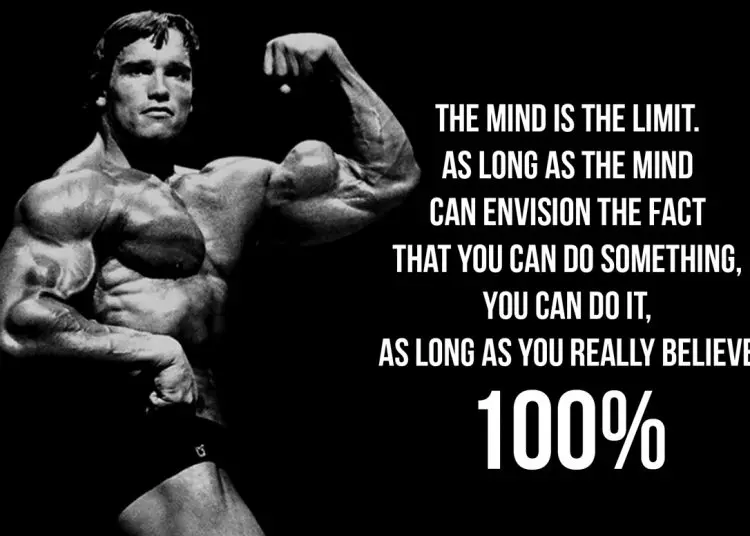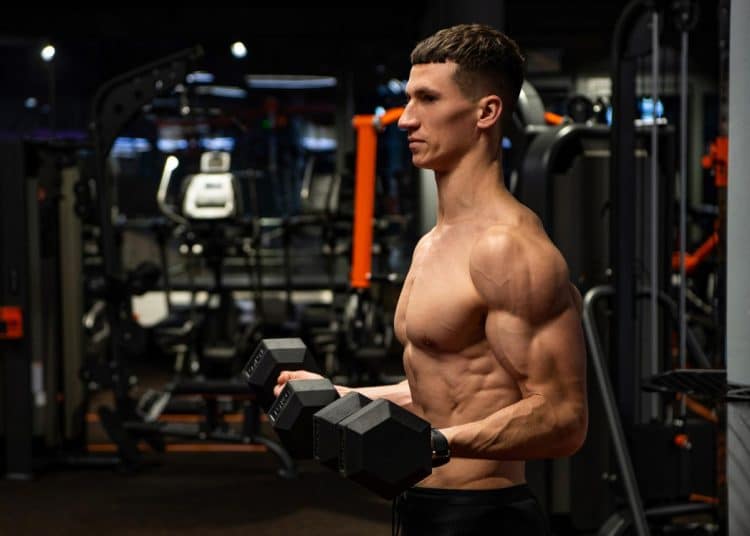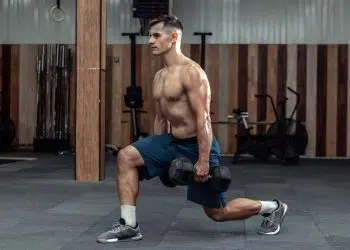As a veteran personal trainer, it’s my job to help my clients achieve their fitness goals quickly and efficiently. They don’t appreciate wasting time, so it’s essential that I make their workouts as effective as possible.
As such, I build their workouts around the exercises and training methods that provide the biggest bang for their buck. I think of these as “big rock” exercises and use a small handful of supplementary movements to fill in any gaps they leave.
This approach has served me well for more than three decades—and it’s how I plan my own workouts, too.
However, any exercise is only as good as the way it’s performed. You can have the perfect program with the best exercises, but if you use too much or too little weight, lift with poor form, or make any other training mistakes, even perfect workouts won’t produce meaningful results.
Consequently, I insist that all my clients perform their repetitions in a very precise way. This ensures that every rep is as productive as possible. This doesn’t make their workouts easier—quite the opposite. However, it does prevent wasting time and energy.
In this article, I’ll share five strategies to make every rep you perform more effective
Level Up Your Fitness: Join our 💪 strong community in Fitness Volt Newsletter. Get daily inspiration, expert-backed workouts, nutrition tips, the latest in strength sports, and the support you need to reach your goals. Subscribe for free!
1. Controlled Eccentric for Maximum Tension
While strength training is often called weight lifting, you don’t just lift weights—you must lower them, too. In fact, how you lower your weights is actually incredibly important. And yet, I still see people all but dropping their weights, making no effort to control the eccentric or negative portion of their reps.
Since the lowering phase accounts for half of each rep, you could argue that skipping it makes a workout half as effective. Of course, that’s bro-math, not hard science!
However, studies show that slow, controlled eccentric contractions make strength training more effective. Lowering slowly increases muscle tension and preferentially recruits fast-twitch muscle fibers, which are critical for maximizing force production and muscle growth (1).
You don’t have to go full slow-motion to enjoy this benefit. Rather, a controlled eccentric phase will get the job done. In tempo terms, taking around two seconds to lower the weight should be sufficient, although you can go slower if you wish.
Key Takeaway: Don’t just drop your weights. Instead, lower them with control to maximize muscle recruitment.
Related: These Are the Best Compound Movements for Every Muscle
2. Pause in the Stretched Position for Greater Muscle Activation
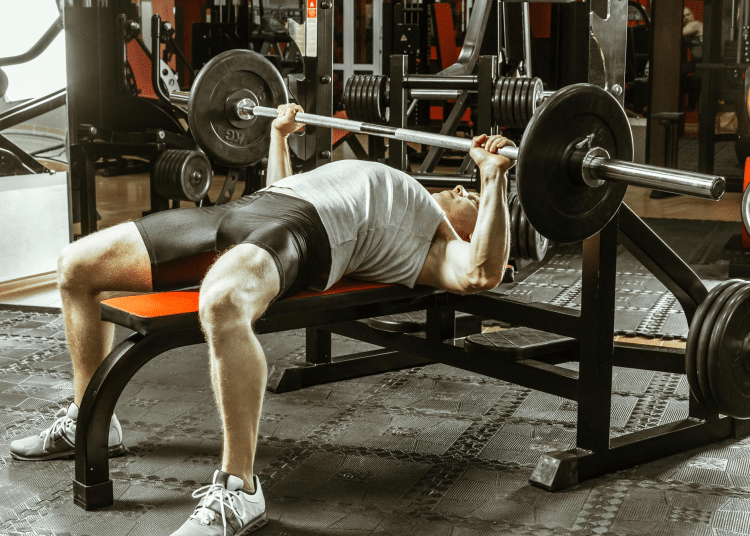
A lot of exercisers bounce out of the bottom of each rep they perform. This allows them to use joint, tendon, and muscle elasticity to lift more weight or do more reps. Picture a gym bro bouncing the barbell off his chest during bench presses, or a CrossFit athlete rebounding out of the bottom of a pull-up.
While this might help you move more weight, it does little for muscle growth and strength gains. That’s because most of the boost comes from passive structures and tissues rather than the contractile components of your muscles.
In contrast, pausing mid-rep, when your muscles are stretched, makes your chosen exercise more difficult and you may find that you are unable to use as much weight or do as many reps.
Nonetheless, rather than being a drawback, studies indicate that these stretched position pauses are superior for building muscle and strength (2).
To get the most from this technique, you must not rest passively. In other words, don’t relax in the stretched position, which could hurt your joints. Instead, stay tight and keep your muscles engaged. Imagine a compressed spring ready to explode.
You can apply this strategy to most exercises, but it’s most effective where there is a deep loaded stretch at the mid-point of each rep, e.g.:
- Squats
- Romanian deadlifts
- Bench press
- Push-ups
- Incline biceps curls
- Seated leg curls
- Pull-ups
- Overhead triceps extensions
Key takeaway: Leave bouncing reps to the amateurs. Pros use paused stretches to make their reps more effective.
3. Lift Explosively to Maximize Power and Muscle Fiber Recruitment
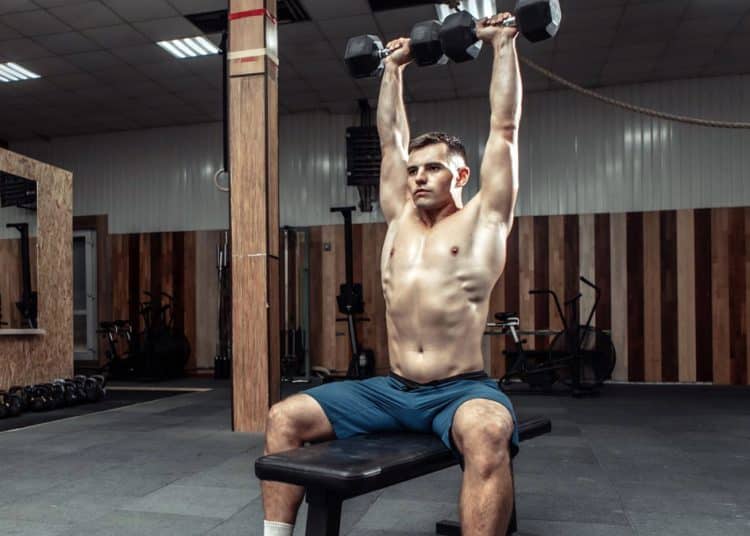
Since controlled eccentrics make your reps more effective, you’d be forgiven for thinking that you should apply the same movement speed to the concentric or lifting phase, too.
However, you’d be wrong.
Despite the popularity of slow-tempo reps, lifting fast increases muscle fiber and motor unit activation, making your reps even more effective. Studies show that explosive concentric contractions lead to greater strength gains and improved neuromuscular efficiency compared to slow lifting (3).
That doesn’t mean you need to start throwing weights around with abandon. You should still maintain control and proper form. Instead, the goal is to apply force as quickly as possible, not necessarily to make the weight move fast.
Heavier loads won’t move as quickly as lighter ones, but your intention should be to lift explosively to trigger maximal muscle recruitment.
This technique works particularly well for compound lifts like:
- Squats
- Deadlifts
- Bench presses
- Pendlay rows
- Overhead presses
- Lat pulldowns
- Single-arm rows
Key takeaway: Lower weights under control but lift with intent and power. Lifting explosively maximizes muscle fiber recruitment and strength gains. Don’t waste the concentric phase by moving too slowly.
4. Lock in Your Mind-Muscle Connection for Better Contractions
Exercisers are often so focused on pumping out their reps or lifting as much weight as possible that they forget the reason they are training—to develop their muscles. Regardless of whether we’re talking about building muscle, getting stronger, or improving fitness and health, the purpose of their workout becomes secondary to the workload.
However, old-school bodybuilders had a different mindset and focused more on how an exercise felt. They called this the mind-muscle connection.
While some bro-science training methods have failed to stand up to scientific scrutiny, studies reveal that developing the mind-muscle connection can help make your workouts more effective (4).
So, instead of just doing an exercise without thinking about the muscles you are training, make sure you can feel what you are working. Adjust your form and weights until your mind-muscle connection is locked in. In many cases, this will mean lifting less weight and not more.
Controlled eccentrics and stretched pauses are especially effective for enhancing the mind-muscle connection.
Kinesio tape applied to the muscles you are training and compression clothing can also be helpful. These items stimulate the skin covering your muscles, increasing kinesthetic awareness for an even stronger mind-muscle link.
Level Up Your Fitness: Join our 💪 strong community in Fitness Volt Newsletter. Get daily inspiration, expert-backed workouts, nutrition tips, the latest in strength sports, and the support you need to reach your goals. Subscribe for free!
Key takeaway: Don’t just lift—focus on feeling the target muscle work. A strong mind-muscle connection leads to better muscle activation and more effective reps.
5. Maintain Constant Tension Throughout the Entire Rep
Maintaining constant tension throughout each rep is one of the keys to maximizing muscle activation and hypertrophy.
Muscle growth is driven by two primary factors: mechanical tension and metabolic stress (5). Keeping your muscles under consistent tension ensures they experience both, leading to greater adaptations over time.
One of the biggest mistakes lifters make is using momentum to move the weight. While swinging or jerking may allow you to lift heavier or complete more reps, it reduces muscle tension, making your reps less effective.
Instead, focus on smooth, controlled movements that keep your target muscles engaged from start to finish.
For example, during biceps curls, avoid fully locking out at the bottom or letting the weight rest at the top. Instead, stop just short of full extension (but still getting that all-important loaded stretch) and keep the muscle contracted at the peak, ensuring uninterrupted tension.
This technique prevents the muscle from “resting” mid-rep, leading to deeper fatigue and better results.
And if you must cheat, e.g., to push through the pain barrier at the end of your set, only do so when you’ve completed as many strict constant-tension reps as possible. Using momentum before this point robs you of your gains by making your reps less effective.
Key takeaway: Don’t let momentum steal your gains—keep your muscles under constant tension for more effective reps and better workout results.
Putting It All Together
I’ve presented five different techniques to make your reps more effective, and it’s up to you how many of them you use. However, if you want to get the most from every exercise, rep, set, and workout, why not use all five?
Yes, this will force you to use less weight or do fewer reps, but that doesn’t matter. The results will astound you!
I recently introduced what I think of as “perfect reps” into my calisthenic workouts as a form of progression—I was sick of doing nothing but high-rep sets. I went from doing sets of 30 push-ups with relative ease to being unable to do more than 15.
Needless to say, this was a bitter pill to swallow, and my ego took a huge hit.
However, four short weeks later, I smashed my long-standing push-up rep record and was noticeably leaner and more muscular, too.
But what does a perfect rep look like?
Here’s a step-by-step guide to doing pull-ups while incorporating all five strategies into your set. Of course, you can apply this methodology to almost any exercise:
1 – Engage Your Mind-Muscle Connection
Before pulling, engage your lats by imagining crushing oranges in your armpits. Avoid yanking yourself up mindlessly. Instead, focus on feeling your back working.
2 – Pull Up Explosively
Pull your elbows down and back, and drive your chest toward the bar with controlled power. Don’t half-rep it or let your legs swing—stay tight and move with intent.
3 – Pause at the Top
Hold for a second with your chin over the bar, squeezing your lats and upper back. Avoid just tapping the top position and immediately dropping down.
4 – Descend Under Control
Take at least two seconds to descend, resisting gravity rather than dropping like a stone. A controlled eccentric maximizes muscle activation, so don’t waste this phase.
5 – Pause in the Stretched Position
At the bottom, fully extend your arms while maintaining muscle engagement. Avoid relaxing completely or letting your shoulders shrug up—keep tension so you’re ready for the next rep.
While you won’t be able to do as many reps—expect to do 50% fewer than normal—each one will be much more effective. In time, you’ll adapt to this new rep style, and your performance will skyrocket.
Closing Thoughts
Getting in shape requires an investment of time and energy. Like any smart fund manager, you don’t want to squander that investment—you want the best return possible.
Get rich quick, son!
By incorporating the five techniques in this article, you’ll make every rep count. Not only will you see faster progress, but you may also reduce your risk of injury.
Now, the challenge is, can you put your ego aside and embrace a more effective way of training? Yes, your rep totals and weights will initially drop, but in just a few months, you’ll be stronger and more muscular than ever before.
Have you tried these methods? How did you get on? Let us know in the comments section below!
References:
- Suchomel TJ, Wagle JP, Douglas J, Taber CB, Harden M, Haff GG, Stone MH. Implementing Eccentric Resistance Training-Part 1: A Brief Review of Existing Methods. J Funct Morphol Kinesiol. 2019 Jun 24;4(2):38. doi: 10.3390/jfmk4020038. PMID: 33467353; PMCID: PMC7739257.
- Martínez-Cava A, Hernández-Belmonte A, Courel-Ibáñez J, Conesa-Ros E, Morán-Navarro R, Pallarés JG. Effect of Pause Versus Rebound Techniques on Neuromuscular and Functional Performance After a Prolonged Velocity-Based Training. Int J Sports Physiol Perform. 2021 Jul 1;16(7):927-933. doi: 10.1123/ijspp.2020-0348. Epub 2021 Feb 9. PMID: 33561819.
- Balshaw TG, Massey GJ, Maden-Wilkinson TM, Lanza MB, Folland JP. Effect of long-term maximum strength training on explosive strength, neural, and contractile properties. Scand J Med Sci Sports. 2022 Apr;32(4):685-697. doi: 10.1111/sms.14120. Epub 2022 Jan 15. PMID: 34978747; PMCID: PMC9305549.
- Calatayud J, Vinstrup J, Jakobsen MD, Sundstrup E, Brandt M, Jay K, Colado JC, Andersen LL. Importance of mind-muscle connection during progressive resistance training. Eur J Appl Physiol. 2016 Mar;116(3):527-33. doi: 10.1007/s00421-015-3305-7. Epub 2015 Dec 23. PMID: 26700744.
- Schoenfeld BJ. The mechanisms of muscle hypertrophy and their application to resistance training. J Strength Cond Res. 2010 Oct;24(10):2857-72. doi: 10.1519/JSC.0b013e3181e840f3. PMID: 20847704.


